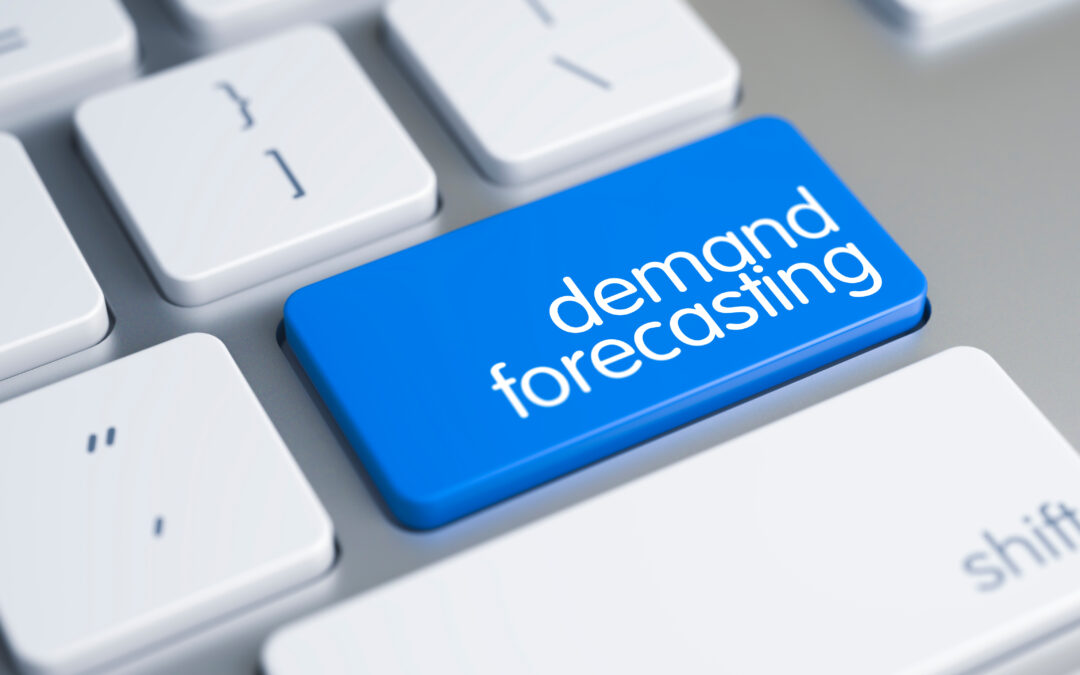As a small business owner, one of the biggest challenges is managing inventory. You don’t want to hold too much stock and tie up your cash flow, but at the same time, you don’t want to run out of stock and lose sales. The solution is to implement a proactive demand forecasting system that allows you to optimize your inventory and maximize profits. In this blog post, we’ll take a look at what demand forecasting is, why it’s important, and how you can implement it in your business.
What is demand forecasting?
Demand forecasting is the process of predicting consumer demand for your products. By analyzing historical sales data, market trends, and consumer behavior, you can estimate how much inventory you need to keep on hand to meet customer demand. There are different methods of demand forecasting, but the most common one is time series analysis. Time series analysis involves analyzing sales data from the past and using it to make predictions about future sales.
Why is demand forecasting important?
Demand forecasting is crucial for optimizing inventory levels and maximizing profits. If you overestimate demand, you’ll end up with excess inventory that ties up your cash flow and takes up valuable storage space. On the other hand, if you underestimate demand, you’ll run out of stock and lose sales. By accurately predicting demand, you can ensure that you have the right amount of inventory on hand to meet customer demand and avoid stockouts and overstocking.
How can you implement demand forecasting in your business?
There are several steps to implementing a demand forecasting system in your business. The first step is to collect historical sales data and analyze it to identify trends and patterns. You can use software like Excel or more advanced tools like demand forecasting software to make this process easier. The next step is to use the insights from your data analysis to create a demand forecast. Your forecast should take into account factors like seasonality, trends, and promotions.
Once you have a demand forecast, you can use it to plan your inventory levels. Your inventory plan should aim to keep enough stock on hand to meet the predicted demand without tying up excess cash or storage space. It’s important to review your inventory plan regularly and make adjustments as needed based on changes in demand or other factors that may affect inventory levels.
Implementing a proactive demand forecasting system can help small business owners optimize their inventory levels and maximize profits. By analyzing historical sales data, identifying trends, and creating a demand forecast, you can ensure that you have the right amount of inventory on hand to meet customer demand. An effective forecasting system will help you avoid stockouts, reduce excess inventory, and improve cash flow. If you’re a small business owner, it’s worth investing in demand forecasting software and working with a consultant to help you set up an effective system that works for your business.
Contact us today to discuss a proactive forecasting solution for your business.

